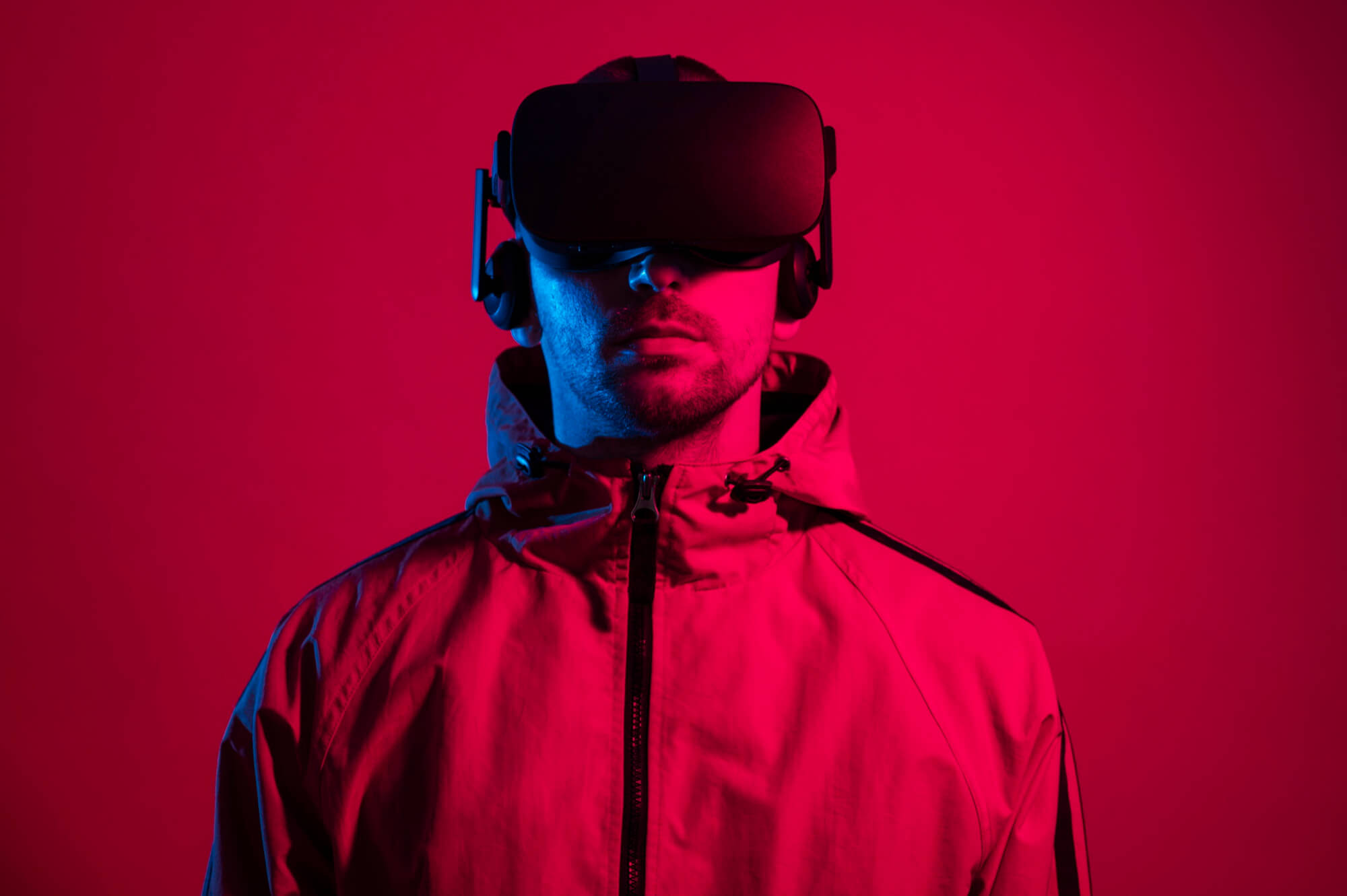In this exclusive conversation, celebrated Japanese designer Ichiro Iwasaki delves into the nuanced philosophy behind his cross-cultural design practice. From his beginnings at Sony Design Center to his collaborations with Arper, Vibia, and SIGMA, Iwasaki reflects on how precision, empathy, and spatial awareness define his approach. He shares thoughts on sustainability, negative space, and technological evolution – all while staying rooted in Japanese values of harmony and naturalism. His insights remind us that great design doesn’t just function – it feels.

Having started your career at Sony Design Center and later spending time in Milan’s design studios, how has this blend of Japanese and Italian design cultures influenced your approach to furniture design?
In European furniture design, few have a background like mine. Product designers often work across various genres without being specialists. I approach every project from the consumer’s point of view – not as a specialist. As the project evolves, I learn its technical context, but I always start from a user’s lens. This objectivity helps uncover the essence of what the product should be, and I believe that’s why many of our projects – even highly specialized ones – have succeeded.
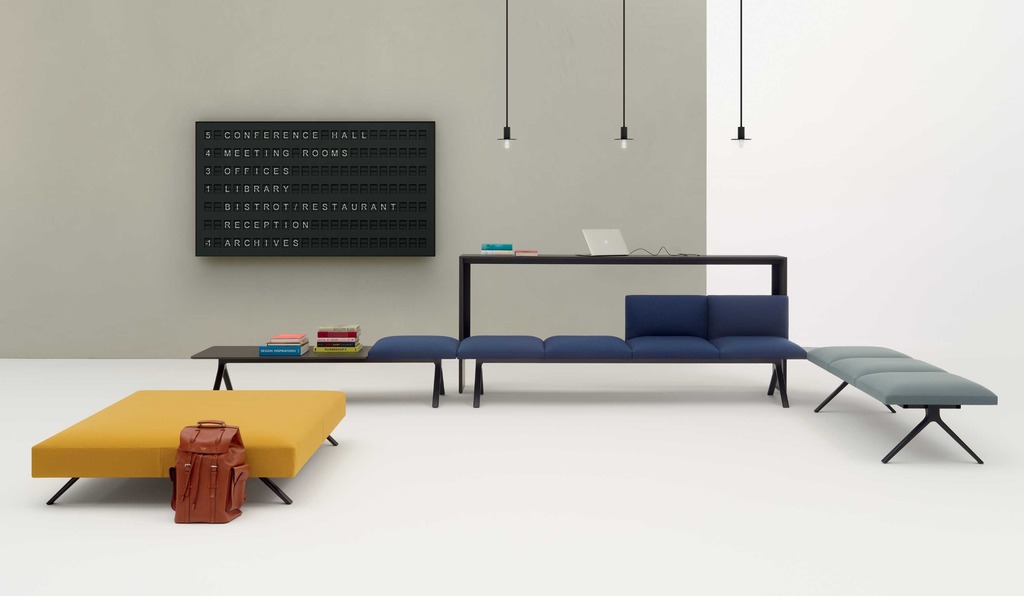
KIIK for Arper – A versatile furniture collection intended for transitional spaces like lounges, waiting areas, and meeting zones.
Principles like kanso (minimalism) and shizen (naturalness) are central to Japanese design. How do you bring these into contemporary furniture while remaining innovative?
We don’t intentionally embed traditional Japanese aesthetics, but they emerge naturally through our relationships. Overseas clients, in particular, are aware of our cultural background and approach us with respect for it. That context often results in designs that feel subtly Japanese, especially when viewed in a European design landscape.

With Arper’s focus on sustainability, how do you approach material selection and environmental responsibility?
When we speak of sustainable products, the conversation often focuses on materials and recycling systems. But we shouldn’t forget the sustainability of the design itself. Even if materials are eco-friendly, a short-lived design contradicts that goal. Take the Ralik modular sofa we designed for Arper – most modular systems lose flexibility after assembly. In contrast, Ralik‘s modules work independently and connect using a simple, durable, and precise linking device that requires no special tools. The aim was a system that adapts with spatial changes over time, ensuring true long-term usability.

The Japanese concept of ma (negative space) plays a vital role in your design. How does this affect spatial balance?
Ma represents a space with built-in freedom and flexibility. Furniture must be beautiful, but it should also seamlessly integrate into its surroundings. Especially with contract furniture, the contexts vary greatly – from offices to hospitality. Our collections are designed to be adaptable through various upholstery, colors, and configurations, enabling them to harmonize across different cultures and scales.
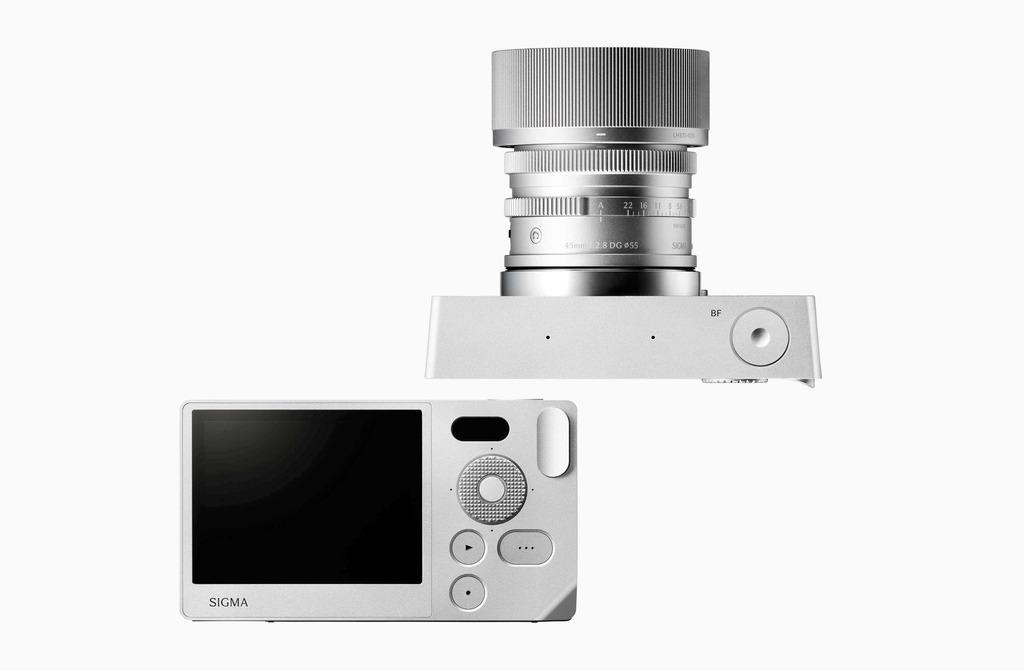
How do you create designs that resonate globally while staying authentic to your roots?
I always respect the cultural history of both the object and the client. Design, to me, emerges from meaningful dialogue. Despite cultural differences, when something feels universally “good,” it probably is. That essential goodness, discovered through collaboration, keeps the design authentic and resonant. For instance, long-term relationships with clients like Arper (Italy), Vibia (Spain), and SIGMA (Japan) have shown me how different contexts require different design responses – even when working in similar domains like product design.
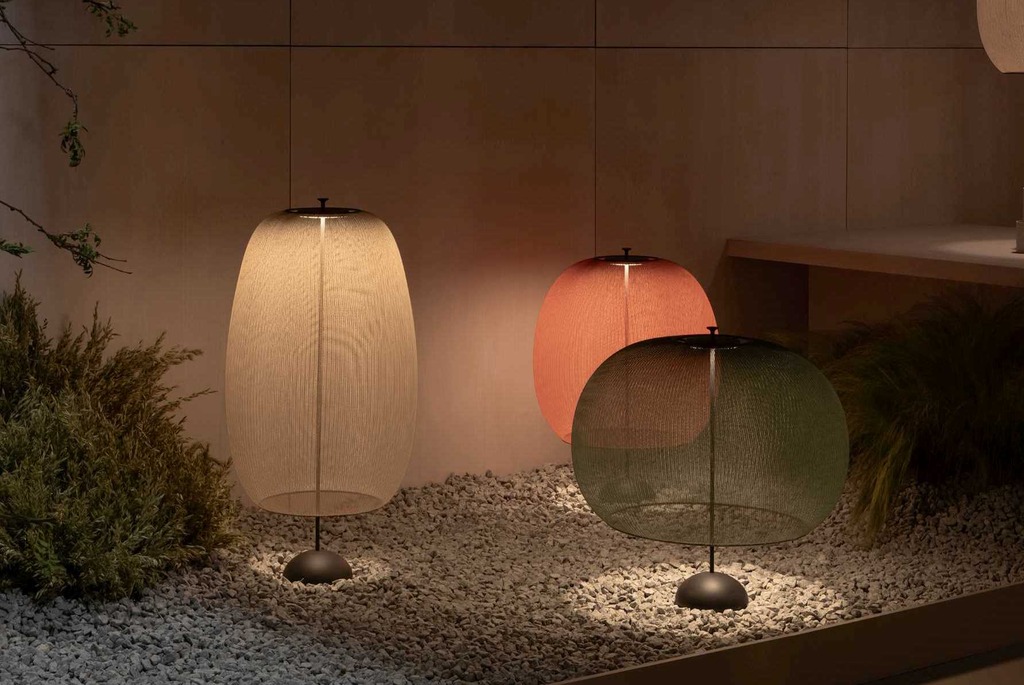
With your experience in both technology and furniture, how do you see technology shaping the future of furniture design?
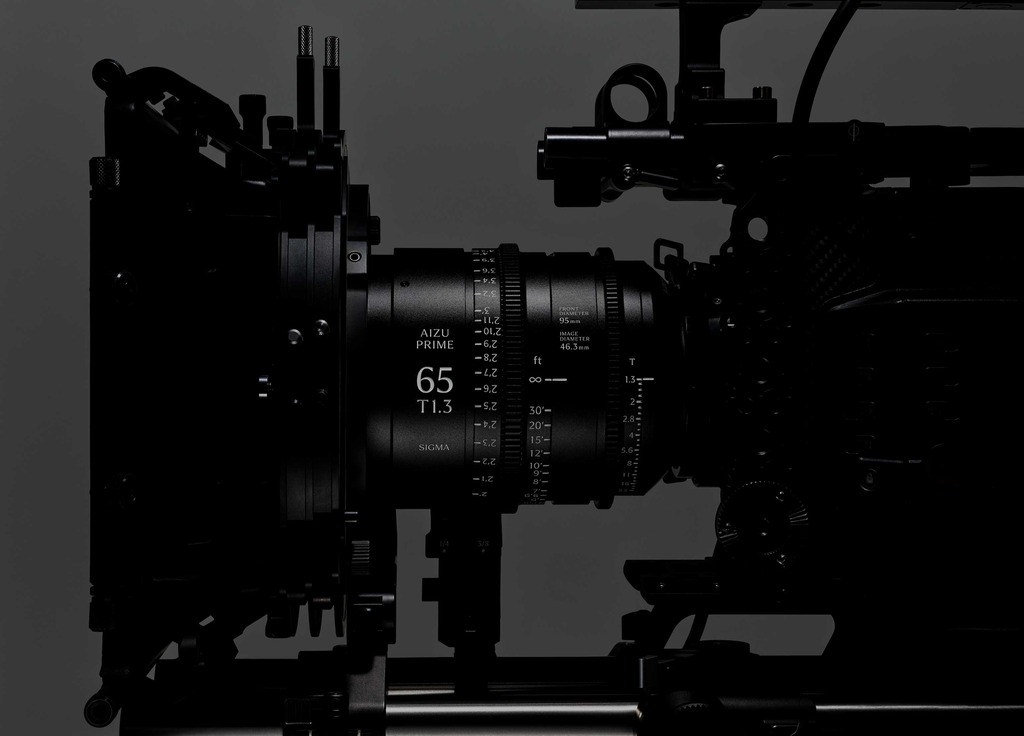
The Japanese idea of wa (harmony) is central to your work. How do you achieve harmony while addressing contemporary functionality?
Furniture must serve not just its end-users but also the architects and interior designers planning the space. It should be flexible enough to support different spatial narratives. I try not to impose my subjective viewpoint as a designer. Instead, I seek a balance – between form and function – that naturally fits into the setting. Listening to a variety of voices helps us strike this harmony.

How does your analytical background influence your creative process?
I don’t rely on abstract inspiration or just academic research. For me, everything begins with the project brief. It’s packed with information that defines the project’s core needs. Respecting the brief helps me determine which elements to challenge and which to preserve. That moment – when I first receive the brief – is always the most exciting. It marks the beginning of a meaningful, grounded creative journey.


